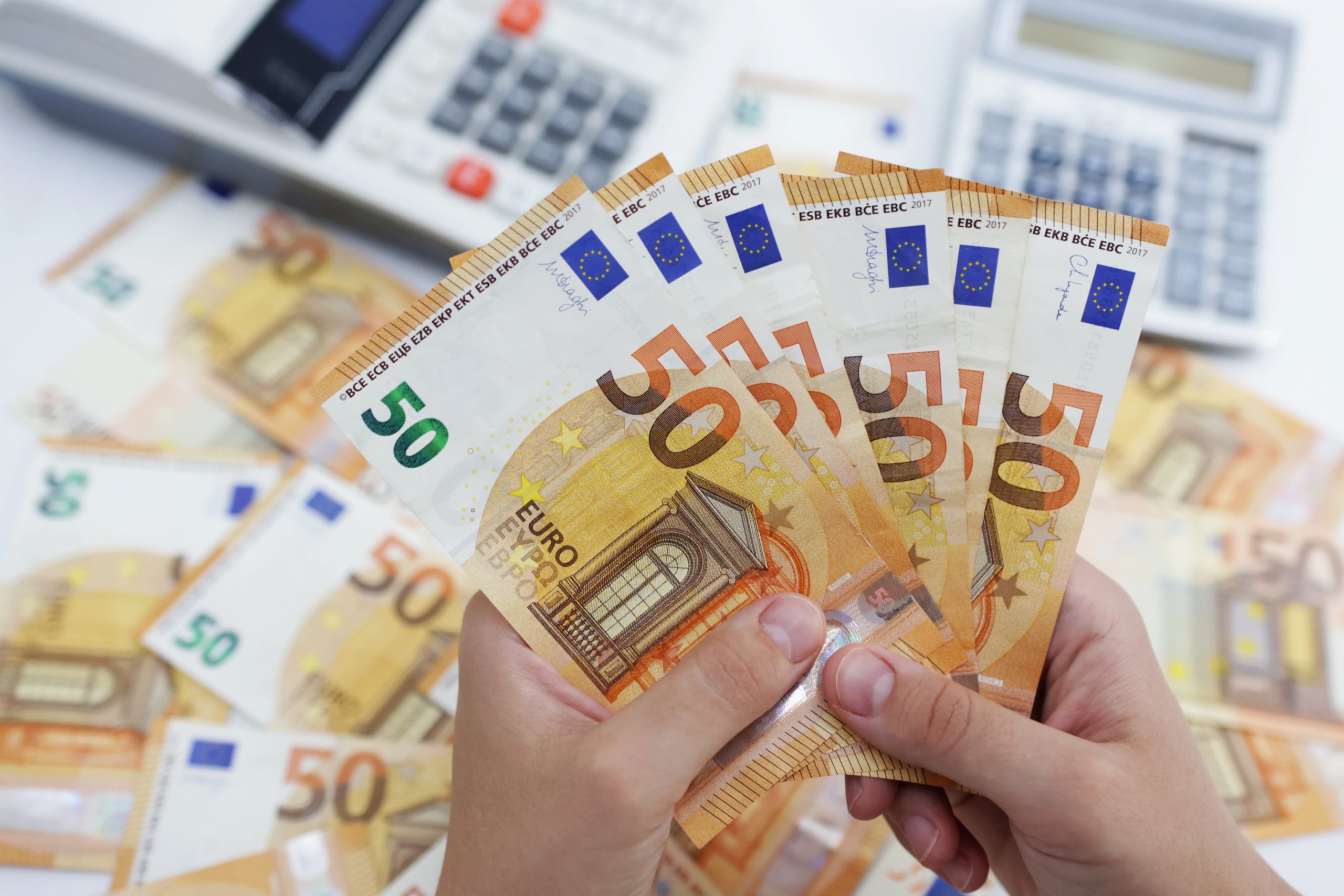
[elfsight_social_share_buttons id=”1″]
The euro dropped below parity against the dollar on Wednesday for the first time in almost two decades, as a hawkish U.S. Federal Reserve and growing concern about rising recession risks in the euro area continued to batter the currency.
The latest slide came after another hot set of U.S. inflation data.
Europe’s single currency started this year on a strong note given a post-pandemic economic recovery. But Russia’s invasion of Ukraine, surging European gas prices and fears that Moscow could cut off supplies further has raised the specter of recession and hurt the euro.
Heightened global uncertainty and an aggressive Fed monetary policy stance meanwhile have benefited the safe-haven dollar.
The euro tanked as much as 0.4% to a low of $0.9998 at 12:45 GMT, its lowest level since December 2002. It was last down 0.1% on the day at $1.005 and has lost more than 10% so far this year.
“Gas rationing, stagflation, an expected recession, they are all good reasons to be bearish on the euro,” said Stuart Cole, head macro economist at Equiti Capital in London before the euro crossed that threshold.
He added that these factors will make it harder for the European Central Bank to hike interest rates, further widening the interest-rate differential with the United States.
Since becoming available freely in 1999, the single currency has spent very little time below parity. In fact, the last time it did so was between 1999 and 2002, when it sank to a record low of $0.82 in October 2000.
Within its relatively short two-decade history, the euro is the second most sought after currency in global foreign exchange reserves and daily turnover in the euro/dollar is the highest among currencies in the global $6.6 trillion-per-day market.
The euro’s slide is a headache for the ECB. Allowing the currency to fall only fuels the record-high inflation the ECB is battling to contain. But trying to shore it up with higher interest rates could exacerbate recession risks.
The ECB has so far played down the issue, arguing that it has no exchange rate target, even if the currency does matter. Also on a trade-weighted basis — against its trade partners’ currencies — the euro is down only 3.6% this year.
Copyright 2022 Thomson/Reuters
